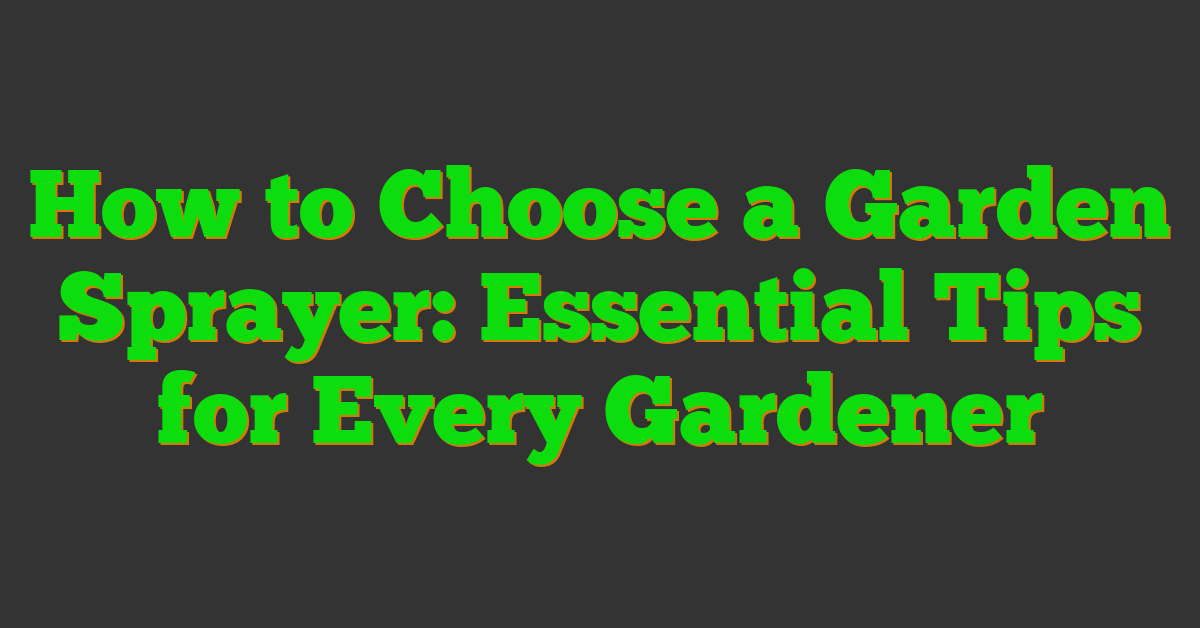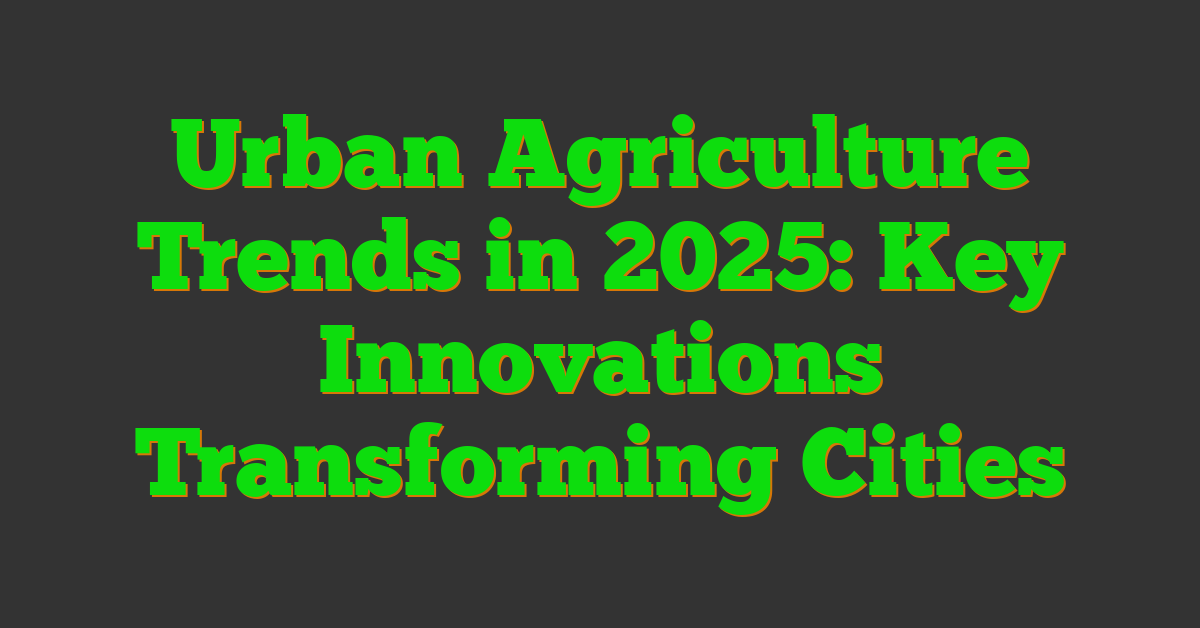Adding edible flowers to your garden brings a splash of color and a burst of flavor to your meals. I love seeing blossoms that aren’t just beautiful but also tasty and versatile in the kitchen.

Whether you’re a seasoned gardener or just starting out, growing edible flowers is easier than you might think. They can enhance your dishes and impress your friends with their unique touches.
In this article, I’ll share some of my favorite edible flowers and tips on how to cultivate them successfully in your own garden.
Benefits Of Growing Edible Flowers
- Enhances Garden Aesthetics
I love how vibrant colors brighten my garden, creating a visually appealing space.
- Elevates Culinary Dishes
Adding unique flavors and decorative touches to my meals impresses family and guests.
- Boosts Nutritional Value
Edible flowers provide essential vitamins, minerals, and antioxidants that contribute to my healthy diet.
- Attracts Pollinators
Bees, butterflies, and other beneficial insects visit my garden, promoting a thriving ecosystem.
- Cost-Effective Ingredient Source
Growing my own edible flowers reduces grocery expenses by providing fresh ingredients at home.
- Encourages Biodiversity
Supporting a diverse range of plant species enhances my garden’s resilience.
- Supports Sustainable Gardening
I practice eco-friendly gardening by reducing the need for store-bought additives.
- Versatile Usage
I incorporate edible flowers into beauty products, teas, and more, expanding their utility.
Choosing The Right Edible Flowers
Selecting the best edible flowers ensures a vibrant and flavorful addition to your garden. I consider factors like growth patterns and culinary uses when making my choices.
Annual Varieties
Annual edible flowers complete their life cycle in one season. I often plant varieties such as:
- Marigolds: Bright orange and yellow petals add a citrusy flavor to salads.
- Nasturtiums: Peppery taste complements soups and garnishes.
- Calendula: Tangy blooms enhance rice dishes and baked goods.
- Pansies: Mild flavor ideal for decorating desserts and beverages.
These flowers provide seasonal color and flexibility in your garden, allowing you to enjoy fresh blooms throughout the growing months.
Perennial Varieties
Perennial edible flowers return year after year, offering long-term beauty and utility. My favorite perennial choices include:
- Lavender: Fragrant flowers perfect for teas and baked treats.
- Chives: Delicate blooms add a mild onion flavor to dishes.
- Borage: Cucumber-like taste enhances salads and cocktails.
- Elderflowers: Sweet blossoms used in syrups and cordials.
Perennials reduce the need for replanting, ensuring a consistent supply of edible flowers with minimal maintenance.
Planting And Soil Preparation
Preparing your garden for edible flowers ensures healthy growth and vibrant blooms. I focus on selecting the right soil and creating optimal growing conditions.
Sunlight Requirements
Edible flowers thrive with at least six hours of direct sunlight daily. Ensuring adequate sunlight promotes strong growth and abundant blooms.
Watering Needs
Consistent moisture is crucial for edible flowers, requiring about one inch of water per week. Avoid overwatering to prevent root rot and ensure healthy plants.
« How to Choose a Garden Sprayer: Essential Tips for Every Gardener Urban Agriculture Trends in 2025: Key Innovations Transforming Cities »
Care And Maintenance
Proper care ensures your edible flowers remain healthy and vibrant throughout the growing season. I focus on regular fertilizing and effective pest control to maintain optimal plant conditions.
Fertilizing
Providing the right nutrients supports robust growth and abundant blooms. I follow these fertilizing practices:
- Type of Fertilizer: I use a balanced, organic fertilizer with equal parts nitrogen, phosphorus, and potassium to promote overall plant health.
- Application Frequency: I apply fertilizer every four weeks during the growing season to replenish soil nutrients.
- Method of Application: I evenly distribute granular fertilizer around the base of each plant and water thoroughly to help absorption.
- Organic Options: Compost and well-rotted manure serve as natural fertilizers, enhancing soil structure and fertility without chemical runoff.
Pest Control
- Common Pests: I monitor for aphids, spider mites, and slugs, which frequently affect edible flowers.
- Natural Remedies: I introduce beneficial insects like ladybugs and use neem oil spray to deter harmful pests without affecting plant health.
- Preventative Measures: I practice crop rotation and maintain garden cleanliness to reduce pest habitats and prevent infestations.
- Chemical Controls: If necessary, I apply organic pesticides approved for edible plants, following label instructions to ensure safety.
Harvesting And Using Your Flowers
Harvesting Edible Flowers
I harvest my edible flowers in the morning when they’re freshest. I select fully opened blooms to ensure the best flavor and vibrant color. Using clean, sharp scissors, I cut the stems just above the leaves. Regular harvesting encourages continuous blooming and keeps the plants healthy.
Storing Harvested Flowers
I store harvested flowers by placing them in a breathable container and refrigerating them for up to a week. I avoid washing them until I’m ready to use them to prevent spoilage. For longer storage, I spread the flowers on a flat surface away from direct sunlight to dry completely.
Using Edible Flowers
I use my edible flowers in various ways to enhance my meals:
- Salads: Adding flowers like nasturtiums and pansies provides color and unique flavors.
- Teas and Beverages: Lavender and chamomile flowers infuse aromatic notes into my drinks.
- Garnishes: A sprinkle of marigolds or violets elevates the presentation of dishes.
- Baked Goods: Incorporating flowers into cookies and cakes adds a decorative touch.
Specific Uses by Flower Type
| Flower | Best Uses |
|---|---|
| Marigolds | Salads, rice dishes, teas |
| Nasturtiums | Salads, sandwiches, pickles |
| Lavender | Baked goods, teas, infusions |
| Pansies | Garnishes, desserts, salads |
| Calendula | Soups, rice, saffron substitute |
By thoughtfully harvesting and utilizing my edible flowers, I enhance both the flavor and visual appeal of my culinary creations.
Conclusion
Growing edible flowers has been such a rewarding experience for me. Seeing vibrant colors bloom in my garden and knowing they add a special touch to my meals is incredibly satisfying. It’s amazing how easy it is to incorporate these beautiful plants, whether you’re a seasoned gardener or just starting out. I love experimenting with different flavors and sharing unique dishes with friends and family. Plus bringing more life to the garden with pollinators has been a wonderful bonus. I encourage you to give it a try and discover the joy of cultivating your own edible flowers. Happy gardening and delicious creations!
















